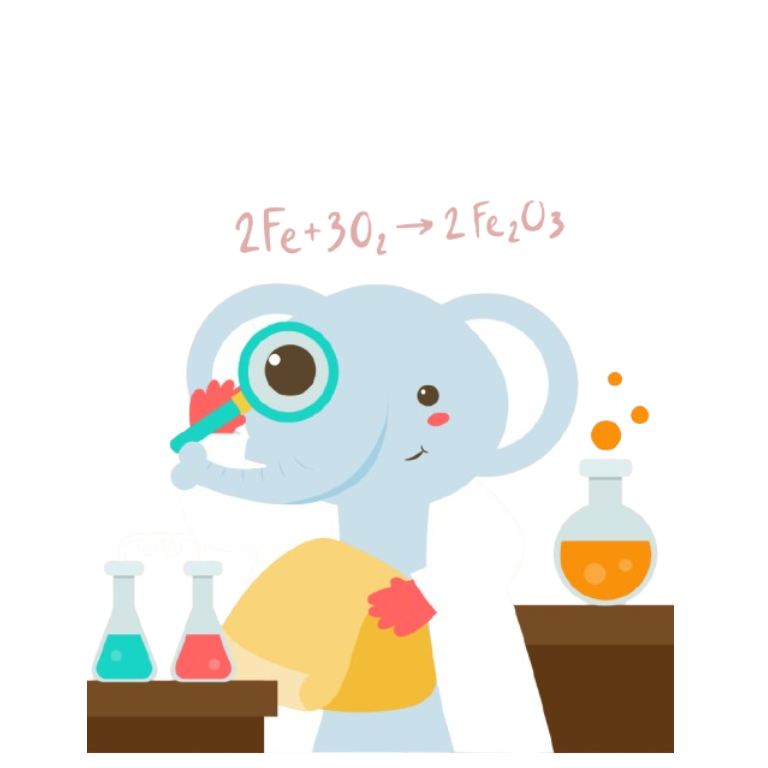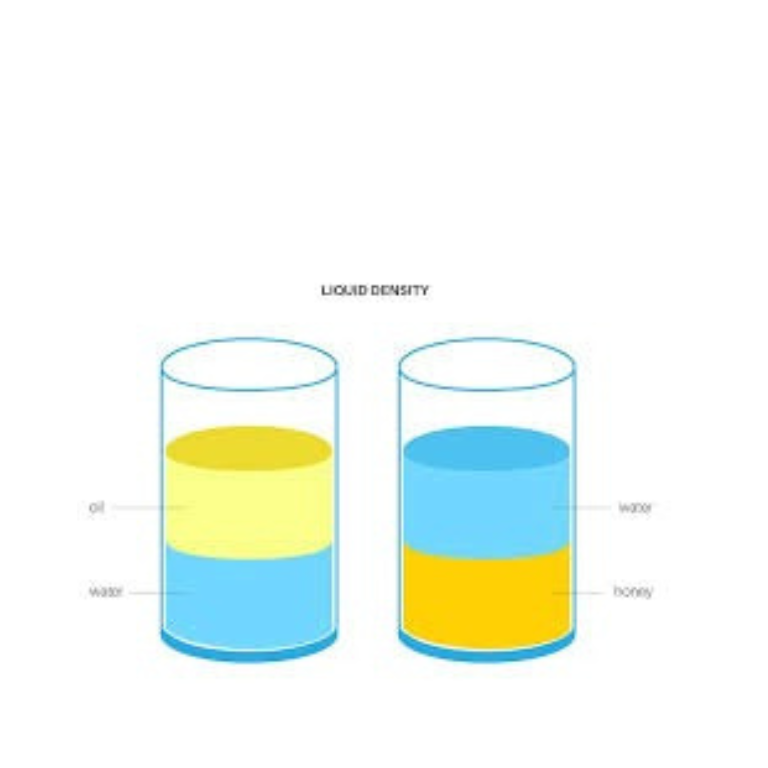Combustion of Sugar
Observe the thermal decomposition of sugar (sucrose) when heated strongly. The sugar first melts, then caramelizes, and finally decomposes into carbon and water vapor.
Ignite the flame and heat the sugar to observe its thermal decomposition.
The Science Behind Sugar Combustion
Sugar (sucrose) undergoes several changes when heated strongly:
- Melting: Sugar melts at 186°C (367°F)
- Caramelization: At ~160-180°C, sugar breaks down into simpler sugars and develops brown color
- Decomposition: Above 186°C, sucrose decomposes into carbon and water vapor
- Combustion: With sufficient oxygen, sugar burns completely to CO₂ and H₂O
1. Decomposition without oxygen: C₁₂H₂₂O₁₁ → 12C + 11H₂O
2. Complete combustion: C₁₂H₂₂O₁₁ + 12O₂ → 12CO₂ + 11H₂O
3. Caramelization involves complex reactions producing hundreds of compounds
1. Sugar crystals melt into a clear liquid
2. Liquid turns yellow, then brown (caramelization)
3. Bubbles form as water vapor is released
4. Mass expands and blackens as carbon forms
5. Eventually only black carbon residue remains


